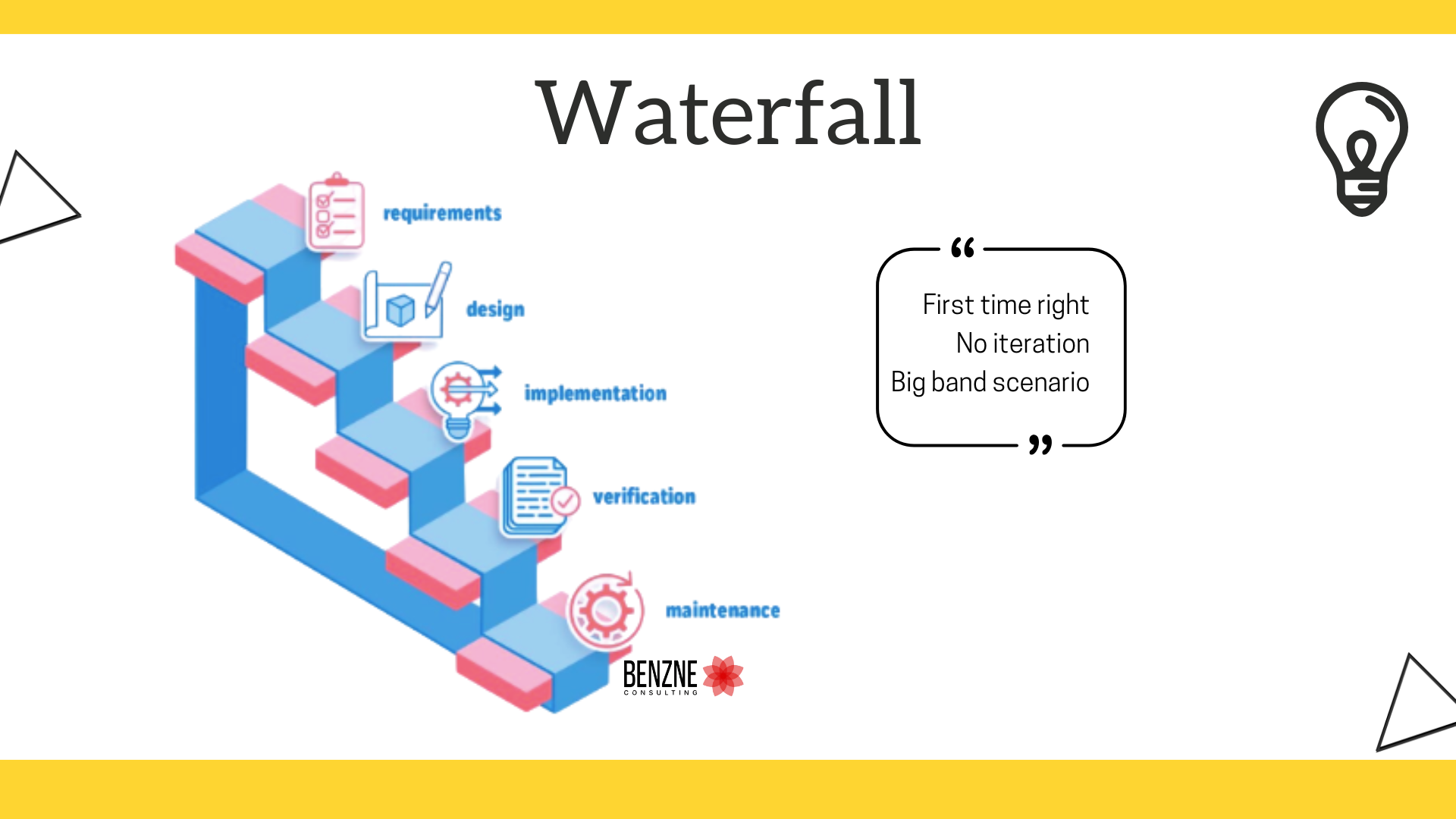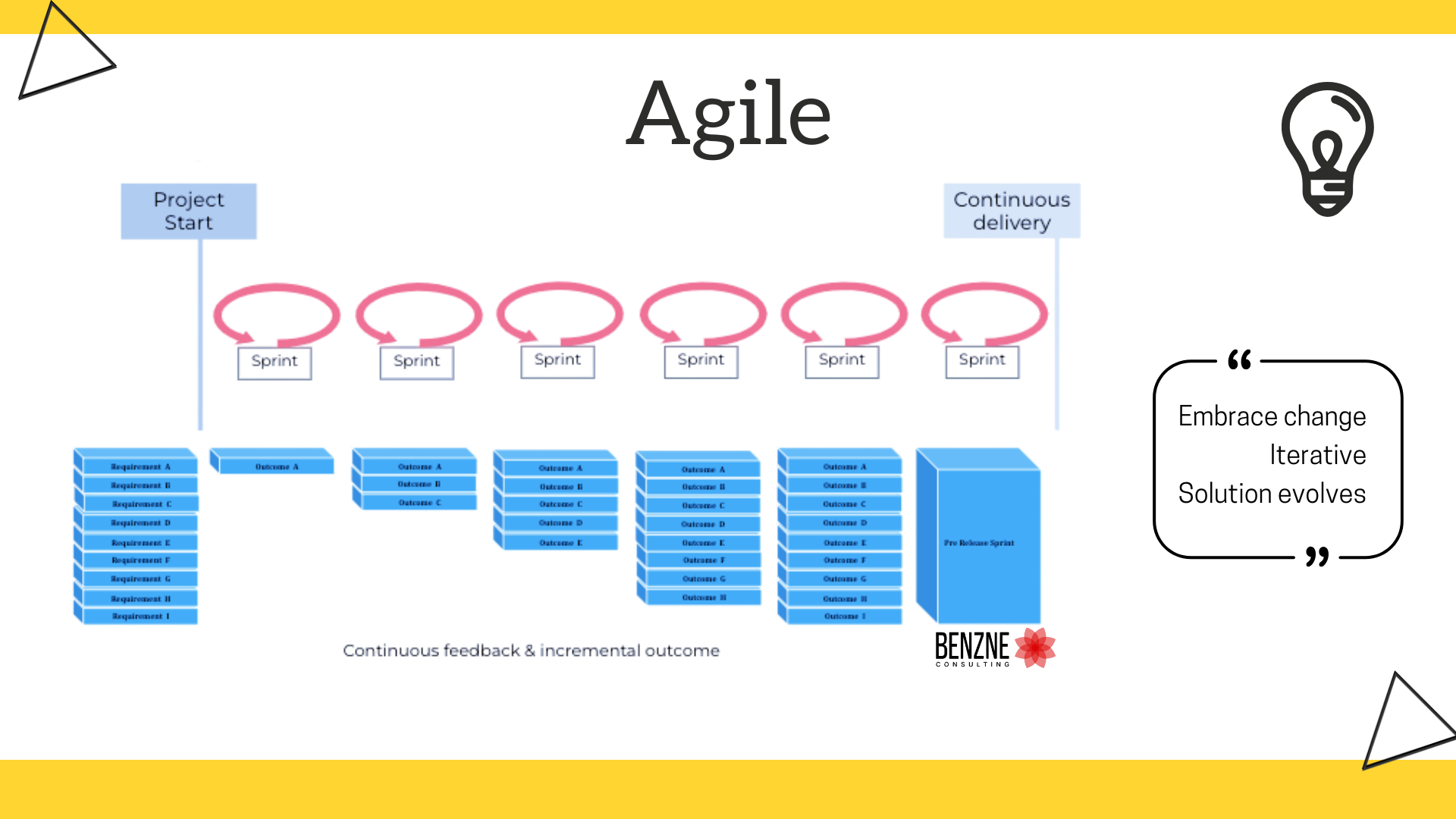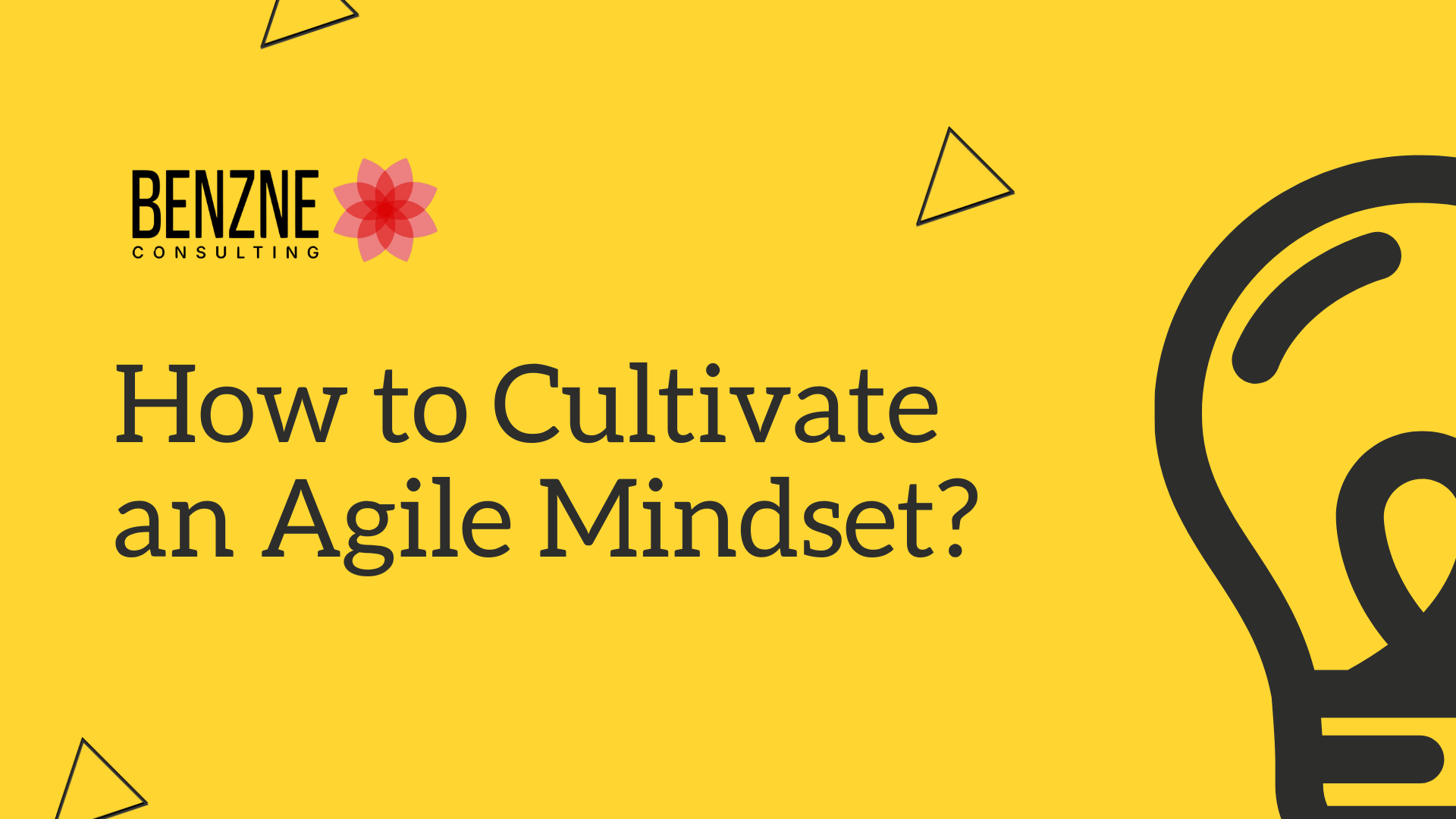What is an Agile mindset? Why should organizations encourage an agile mindset? More importantly, how to cultivate an agile mindset? We will explore this and more in this short blog.
Most people do what they have been doing for years without changing any pattern – why break something that works? They are resistant to new changes and want to keep doing the same thing, the same way. This leads to a ‘reactive’ nature. Having such a ‘fixed mindset’ works till the external environment around us does not change. This, we all know, is not true. The only constant in our lives is ‘change’.
Everybody has to manage change, Agile Mindset entails understanding the essence of the change in the environment and building an attitude of acknowledging and welcoming changes. It is a shift towards being ‘responsive’ and ‘proactive’ as against a ‘reactive’ approach.
People with an agile mindset tend to believe in continuous learning and growth. Their thought process involves understanding, collaborating, learning and staying flexible to achieve high performance results and being adaptive to change.
‘Agile’ ways of working simply stress on breaking down work into smaller units and completing them ‘iteratively’ and ‘incrementally’ with ‘closed feedback loops’. This is in contrast to the traditional gated approach to work, with big upfront planning, phase wise dependencies and feedback near completion.


Agile is an umbrella term for a new ways of working approach that focuses on customer value, collaboration, iterative and incremental delivery, continuous improvement with WIP limits and continuously moving in the right direction.
Read more about Agile Manifesto and it’s 12 principles and 4 values.
How to cultivate an agile mindset?
The shift to Agile isn’t just about adopting new tools or following specific frameworks, it’s a fundamental change in how we think, collaborate, and approach work. Cultivating an Agile mindset is like tending a garden – it requires patience, consistent effort, and the right environment for growth. It’s about nurturing a set of beliefs and behaviors that prioritize adaptability, collaboration, and continuous improvement over rigid plans and hierarchical control.
- The first seeds to sow are those of embracing change. An Agile mindset sees change not as a disruption to be resisted, but as an opportunity to learn and adapt. It’s about fostering a curiosity and a willingness to pivot when new information emerges, rather than clinging stubbornly to initial plans. This requires a level of comfort with uncertainty and a belief in our ability to navigate the unexpected
- Next, we must cultivate customer-centricity. An Agile mindset puts the customer at the heart of everything. It’s about deeply understanding their needs, seeking their feedback early and often, and iterating based on their input. This isn’t just about delivering what the customer asks for, but about truly understanding their problems and crafting solutions that provide genuine value. It requires empathy, active listening, and a relentless focus on creating products and services that resonate
- Collaboration is the fertile soil in which agility thrives. An Agile mindset values teamwork and open communication. It breaks down silos and encourages individuals with diverse skills to work together seamlessly. This means fostering an environment of trust, respect, and psychological safety where everyone feels empowered to contribute their ideas and challenge assumptions. It’s about shared ownership, collective responsibility, and the understanding that the best solutions often emerge from diverse perspectives
- Just as a gardener constantly observes and adjusts, an Agile mindset embraces continuous improvement. It’s about fostering a culture of reflection, learning from both successes and failures. This involves regular retrospectives, honest self-assessment, and a commitment to making small, incremental changes that lead to significant progress over time. It’s about the humility to acknowledge that there’s always a better way and the drive to actively seek it out
- Finally, cultivating an Agile mindset requires empowerment and autonomy. Just as plants need space to grow, individuals and teams need the freedom to make decisions and take ownership of their work. This means trusting them with the responsibility and providing them with the necessary support and resources. An Agile mindset fosters self-organizing teams, where individuals are encouraged to take initiative and find the best way to achieve their goals
Cultivating an Agile mindset isn’t a quick fix, it’s an ongoing journey. It requires consistent reinforcement, leadership buy-in, and a willingness to challenge traditional ways of working. But by planting these seeds of change, customer-centricity, collaboration, continuous improvement, and empowerment, organizations can create a fertile ground where agility can flourish, leading to greater adaptability, innovation, and ultimately, success.

